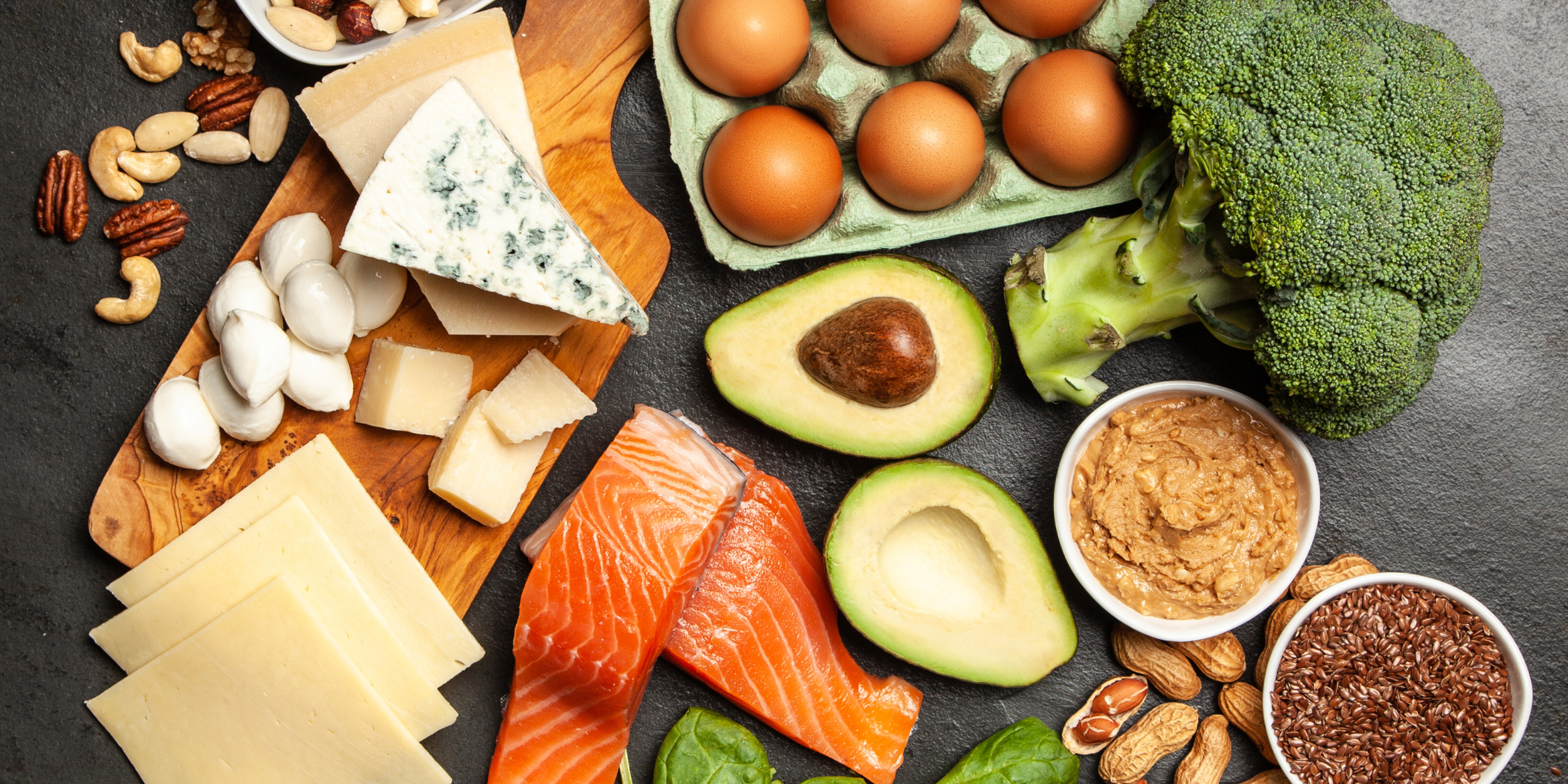How to fry meat properly:
- extractor hood
- Real pieces of meat
- Prepare
- seasoning
- Sear
- cooking levels

Photo by Bernard Tuck on Unsplash.
A perfectly seared piece of meat is a delight for the senses. This article explains step by step how amateur cooks can achieve this goal. Searing meat perfectly is a real science, but here the focus is on basics that anyone can do at home. It all depends on the right environment, a suitable pan, choosing the right pieces of meat and of course the technique.
Why Meat Lovers Need an Extractor Hood
An extractor hood is an indispensable appliance when it comes to frying meat in a pan. If you don't have one yet, you can buy a wall-mounted hood - there are now models to suit every interior style.
Why? Here are some reasons:
- Odors: Without an extractor hood, the smell of cooking can linger in the kitchen for days.
- Health: The fumes produced when frying meat can contain harmful particles.
- Fat deposits: The fumes from frying also settle on surfaces, which leads to fat deposits. This can be avoided by properly extracting the air.
Choosing and preparing meat correctly
Some cuts of meat are better suited to roasting, while others should be braised. When it comes to pan-frying, meat with little connective tissue and free of tendons and ligaments is particularly recommended.
These include steaks, roast beef and sirloin. Anyone who wants to fry lean meat such as turkey breast, chicken breast, pork medallions or chops until juicy will also achieve the best results in the pan.
To prepare meat for roasting, you should first take it out of the fridge and let it come to room temperature. Then you should pat the meat dry thoroughly. Seasoning is best done in two steps: salt before roasting and add the remaining spices after roasting.
Searing – What is it and how do you do it?
Searing refers to rapid and intense heating, not hot seasoning. It is an important technique for creating a delicious crust and roasted flavors.
To sear meat, the pan must be very hot. Fat is added to the pan and heated until it sizzles when a drop of water is added. Then the meat is added and seared briefly on all sides until a crust forms. The meat is then cooked in the oven at a lower temperature to maintain juiciness.
Uncoated pans are suitable for searing. Only if the pan and handle are made entirely of cast iron or stainless steel can you put them in the oven without any problems. The oil used should have a high smoke point, as meat is seared at high heat.
Different cooking levels for meat
Different levels of doneness for meat offer different taste experiences:
1. Rare (Bloody):
Rare is the cooking level for those who like juicy and tender meat, where the core is still slightly bloody. To achieve this cooking level, the meat is fried for about 2-3 minutes per side at high heat. The meat juices are very reddish.
2. Medium Rare (Medium):
Medium rare is a popular cooking level where the meat is tender pink on the inside. To do this, the meat is fried for about 3-4 minutes per side. The meat juices are light pink.
3rd Medium (Through):
Medium is the choice for those who prefer slightly cooked meat. This level of doneness is achieved with a cooking time of about 4-5 minutes per side. The meat juices are light.
4. Well Done:
Well Done is the cooking level for completely cooked meat. The meat is cooked for about 6 minutes per side until it is well done. The meat juices are clear.
You can use a meat thermometer to determine the degree of doneness. The core temperature for rare is around 45-49°C, for medium rare 50-54°C, for medium 55-59°C and for well done 73-85°C. With a little practice, you can also determine the degree of doneness using the finger pressure test .
Perfection through Precision
Pan-frying meat requires precision and patience. It's important to choose the right meat, preheat the pan, and ensure effective ventilation with a cooker hood. However, with these tips and a little practice, you can bring a delicious, juicy piece of meat to the table every time.



